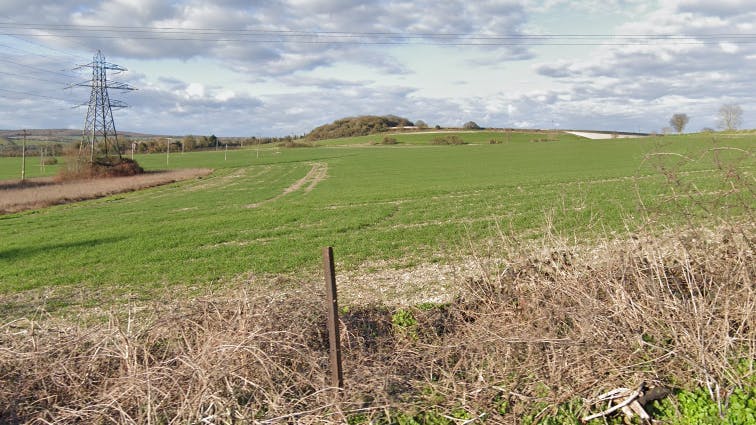
Land at Wouldham -prospective units BNG proposed offset site
Local Planning Authority: Tonbridge and Malling
National Character Area: North Downs
Biodiversity Opportunity Area: Medway Gap & North Kent Downs
OS grid ref: TQ 71565 64660
Postcode: ME1 3TS
What3words: ///frost.credit.gifts
Proposed Habitat units available
A total of 131.98 habitat units and 15.56 hedgerow units are proposed from the following habitat types:
Grassland
Other neutral grassland (Medium distinctiveness) - 131.98 units
Hedgerow
Line of trees (Low distinctiveness) - 0.64 units
Species-rich native hedgerow (Medium distinctiveness) - 14.92 units
Site description
Land at Wouldham is a 26 ha site located along the river Medway, around 2.5 km north of Snodland and 4 km southwest of Chatham. Falling within the Medway Gap & North Kent Downs Biodiversity Opportunity Area (BOA), it is nestled between a selection of local wildlife sites, sites of special scientific interest, special protection areas, as well as being within 1.5km of four Kent Wildlife Trust reserves!
Only 100 m to the west of the site is the River Medway and Marshes, Wouldham Local Wildlife Site. This is a matrix of grazing marsh, saltmarsh and reed beds adjacent to the River Medway, which forms one of Kent's most important sites for wintering birds.
On the marshes at Wouldham, 94 wintering bird species have been recorded including greylag goose and Canada goose in numbers exceeding 5% of Kent's total populations. Kent red-list bird species recorded here include white fronted goose, red throated diver, grey plover, and knot.
In addition, records of 50 breeding bird species are held for the area. These include turtle dove, reed bunting, and skylark as well as sedge warbler, reed warbler, yellowhammer, little owl, long-eared owl, green woodpecker, and great spotted woodpecker. The rare grasshopper warbler is present in summer, as well as oystercatcher and redshank along the river.
Currently managed as a cereal cropland, the land at Wouldham will be transitioned into a neutral grassland, in line with the BOA's target to pursue opportunities for creation of species-rich neutral grassland in blocks of at least 2 ha. This open pasture could also provide excellent breeding sites for ground-nesting birds, as well as a potential feeding ground for many of the bird species that winter in the nearby grazing marshes.
In addition, existing hedgerows will be enhanced and joined up with new species-rich native hedgerows, creating continuous corridors for wildlife to move across the site.
These BNG units are based on a desktop exercise. A full site survey would need to be undertaken to determine the current habitats on site to validate the current units/uplift.

Habitat Transitions


Site Photos


